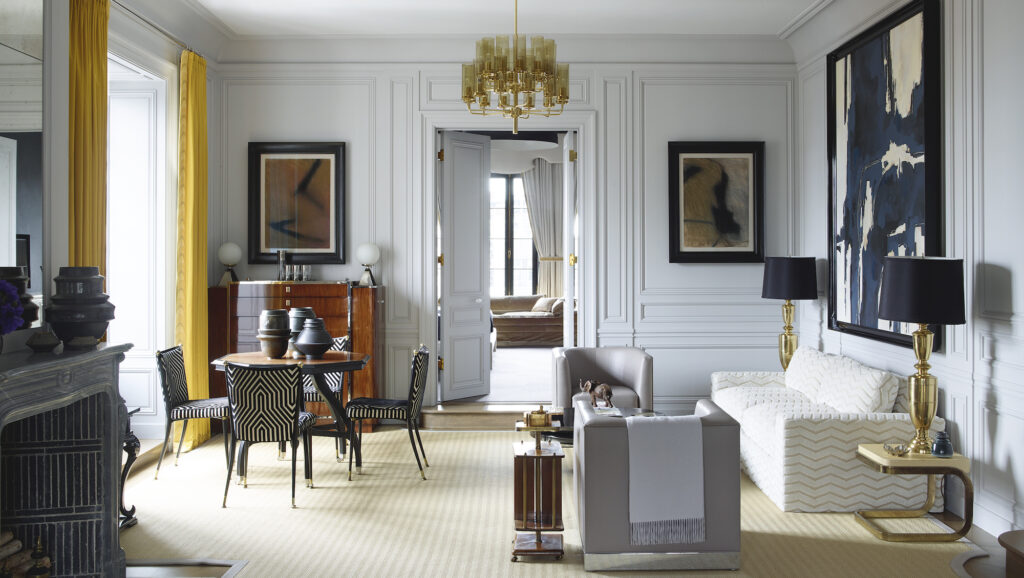Professional advice on creating space and urban sophistication in city apartments from leading interior designers Jay Jeffers, Abir Salim, Jenna Chused, Clive Lonstein and David Scott
We are all familiar with the oft-repeated maxims about how to create warm and inviting spaces and how to maximise space in city apartments, but what else do designers consider when they are creating layered and spacious homes for their clients? We spoke to five acclaimed interior designers for insight into their processes and techniques for creating grandeur and flow in city homes, as well as tips on some of their favourite contemporary, vintage and antique finds for curating the perfect apartment.
David Scott
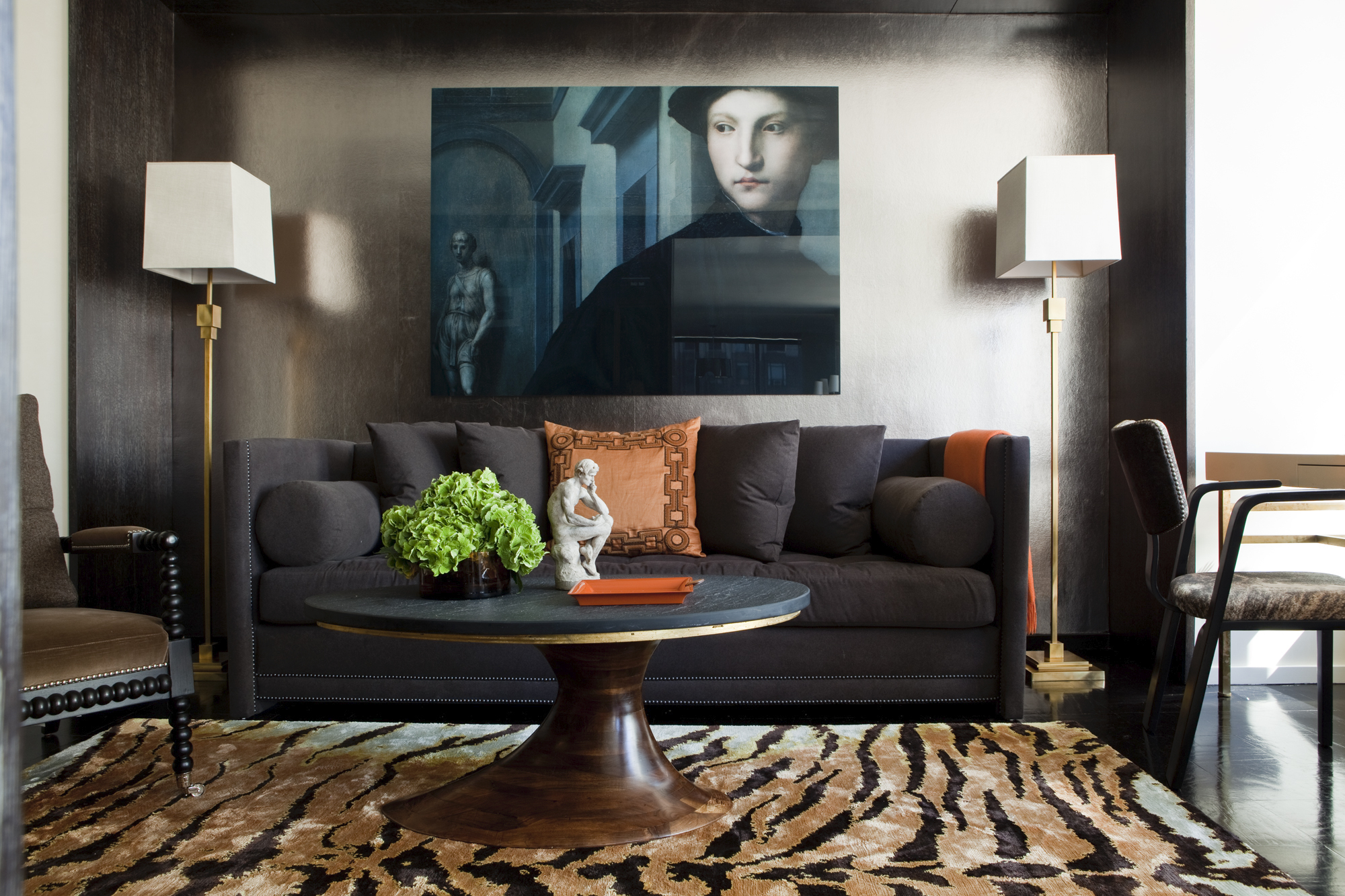
What is your general approach to designing a city apartment?
My approach to city apartments is to create rooms that can support multiple uses and take advantage of natural light and views. I generally like city apartments to have an urban sophistication.
Do you have any favourite pieces that you’ve used on a regular basis?
Over the years, I have used a dining chair from Donghia that is a contemporary take on a classic Klismos chair design – and it’s stackable.
How do you maximise space?
If there is a small bedroom that is only occasionally used for guests, I often use a murphy bed that allows the room to have more floor space. Pocket doors are also great to employ when the use of a regular door would take up too much room. In dining rooms, I like to opt for tables that are smaller for everyday use and then extend with leaves for larger groups.
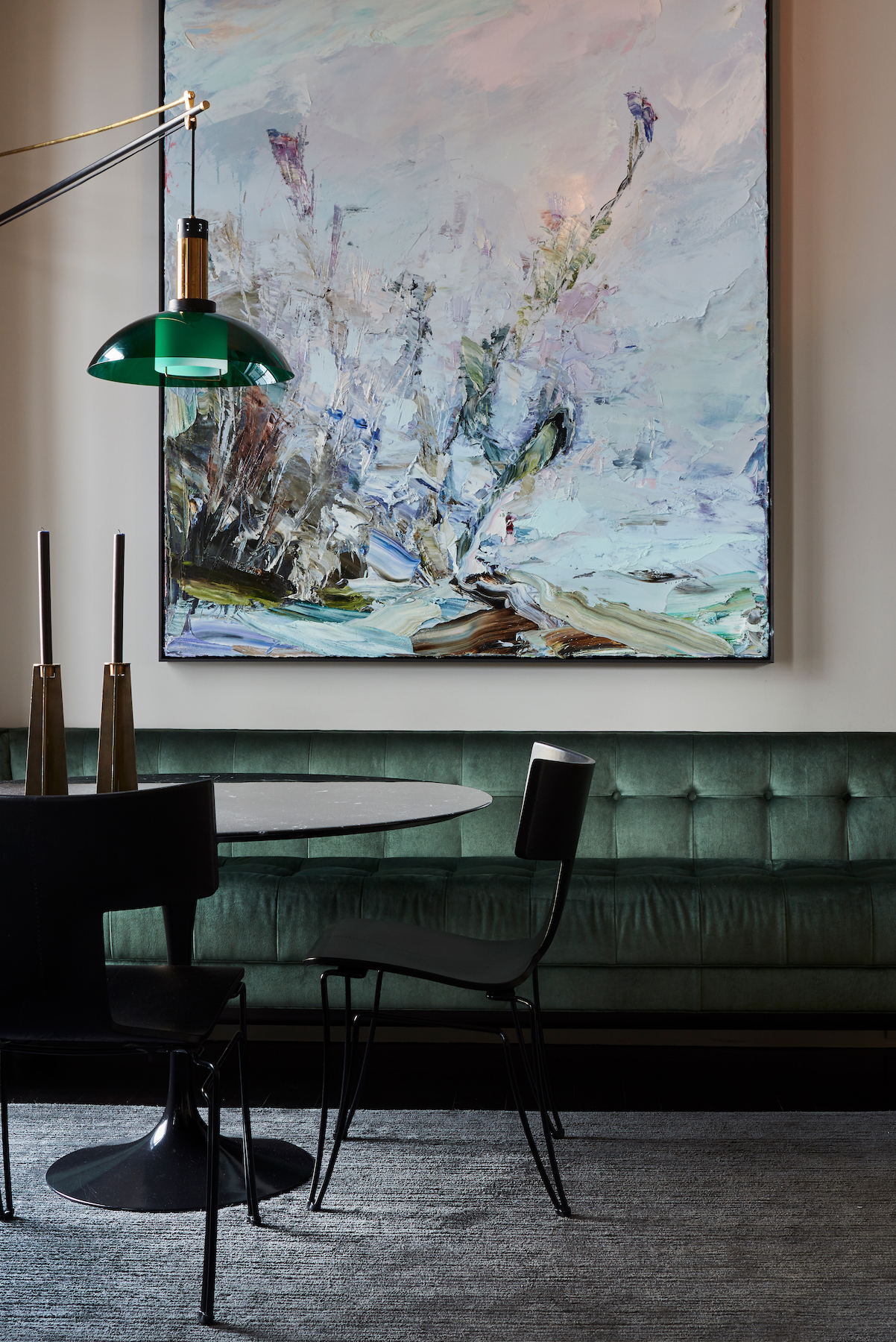
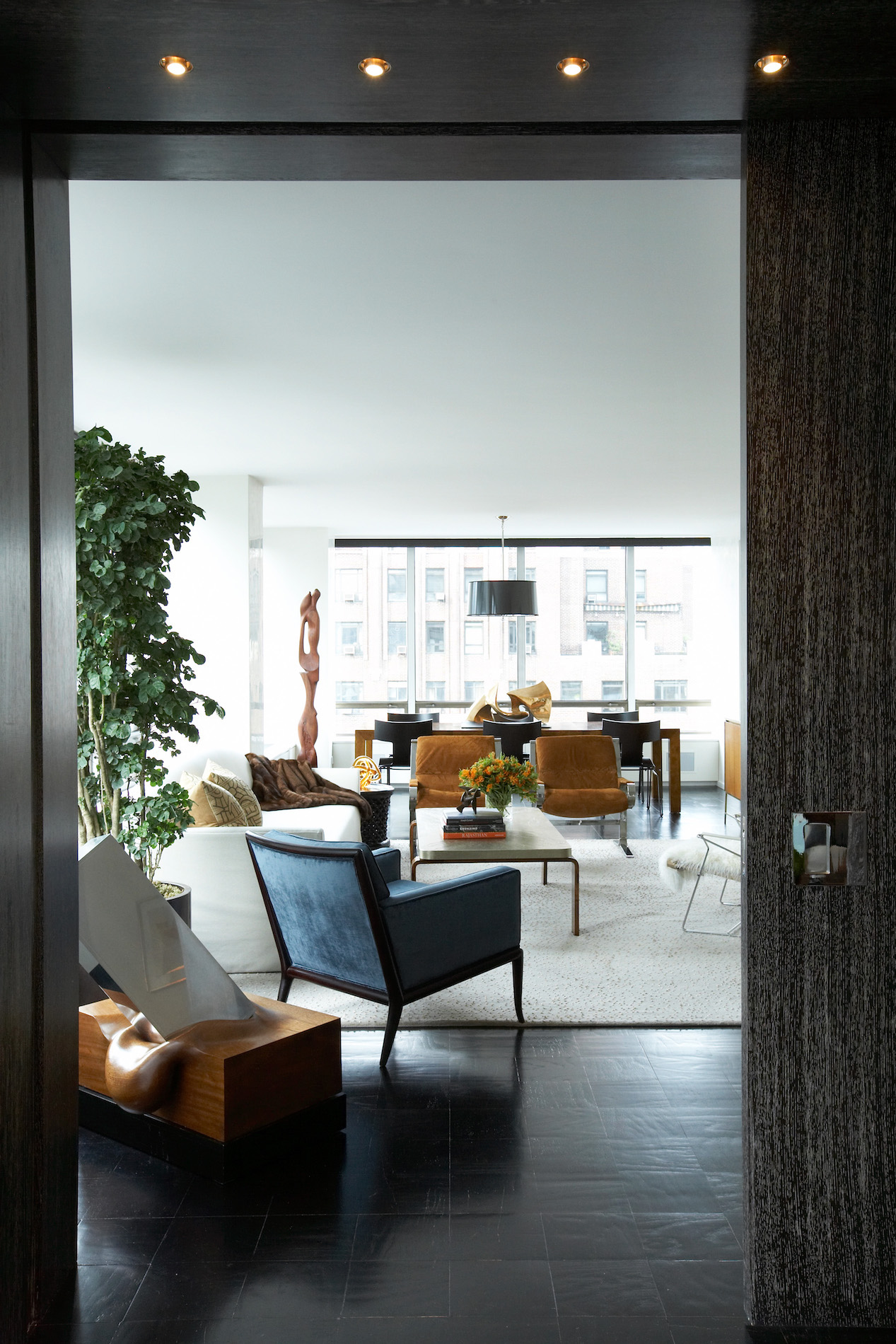
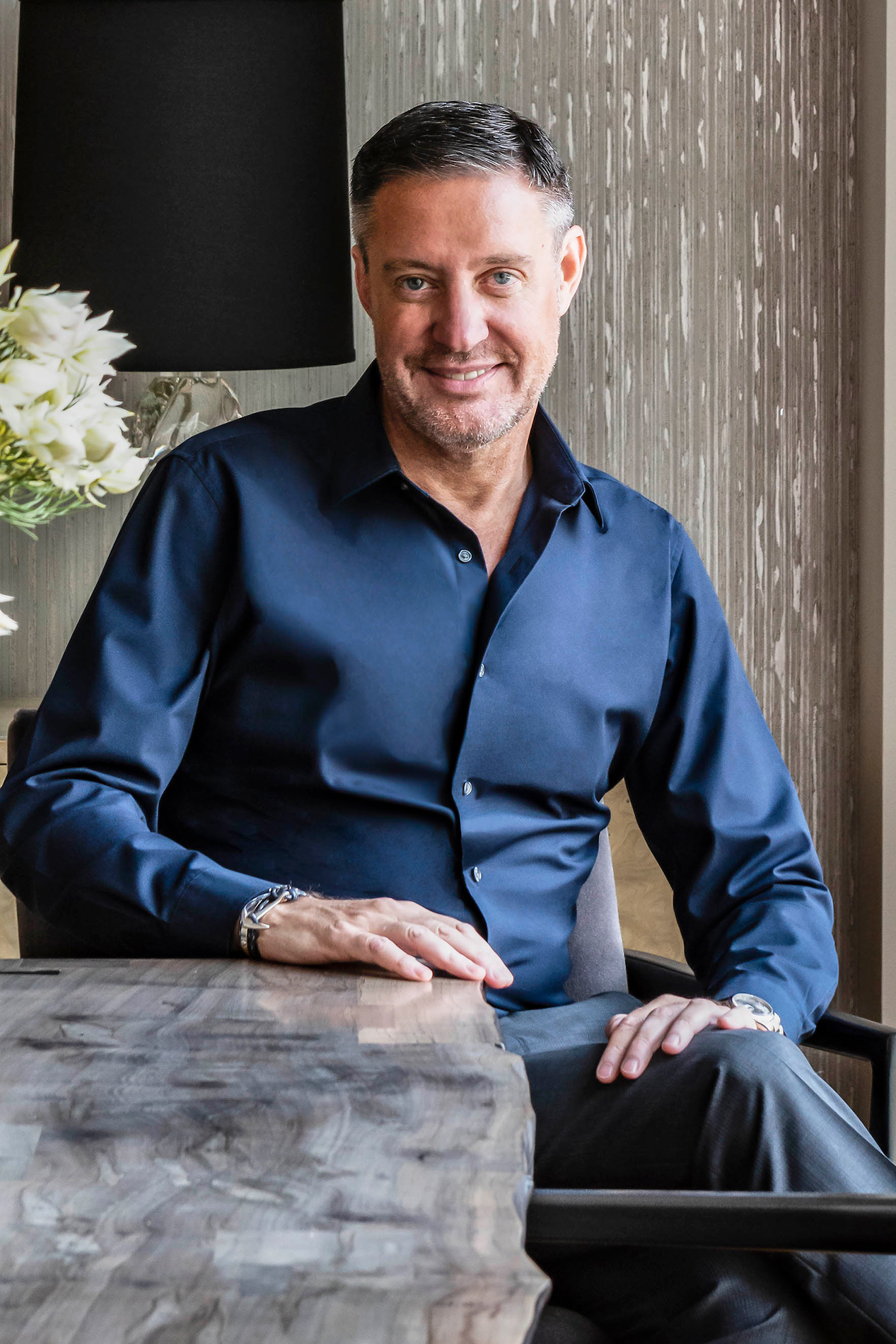
What is your approach to drapery and window treatment?
Keep it simple and tailored. I often prefer to match the curtain fabric colour to the room’s walls, especially when there’s a lovely view.
We know that varying lighting is a must-have. How do you achieve this layered look?
I like to use multiple types of lighting in a room. A combination of architectural and decorative ceiling lights as well as lamps so that the light evenly distributed. I like to work with a lighting designer if possible, and our go-to firm is Orsman Design with offices in NYC, the Hamptons and Miami.
Has using a dark colour in a small space ever backfired?
In a small room, it can be very effective to use a dark colour that envelops the room, including the ceiling. You need to watch out for direct sunlight though, as it can then have the opposite effect!
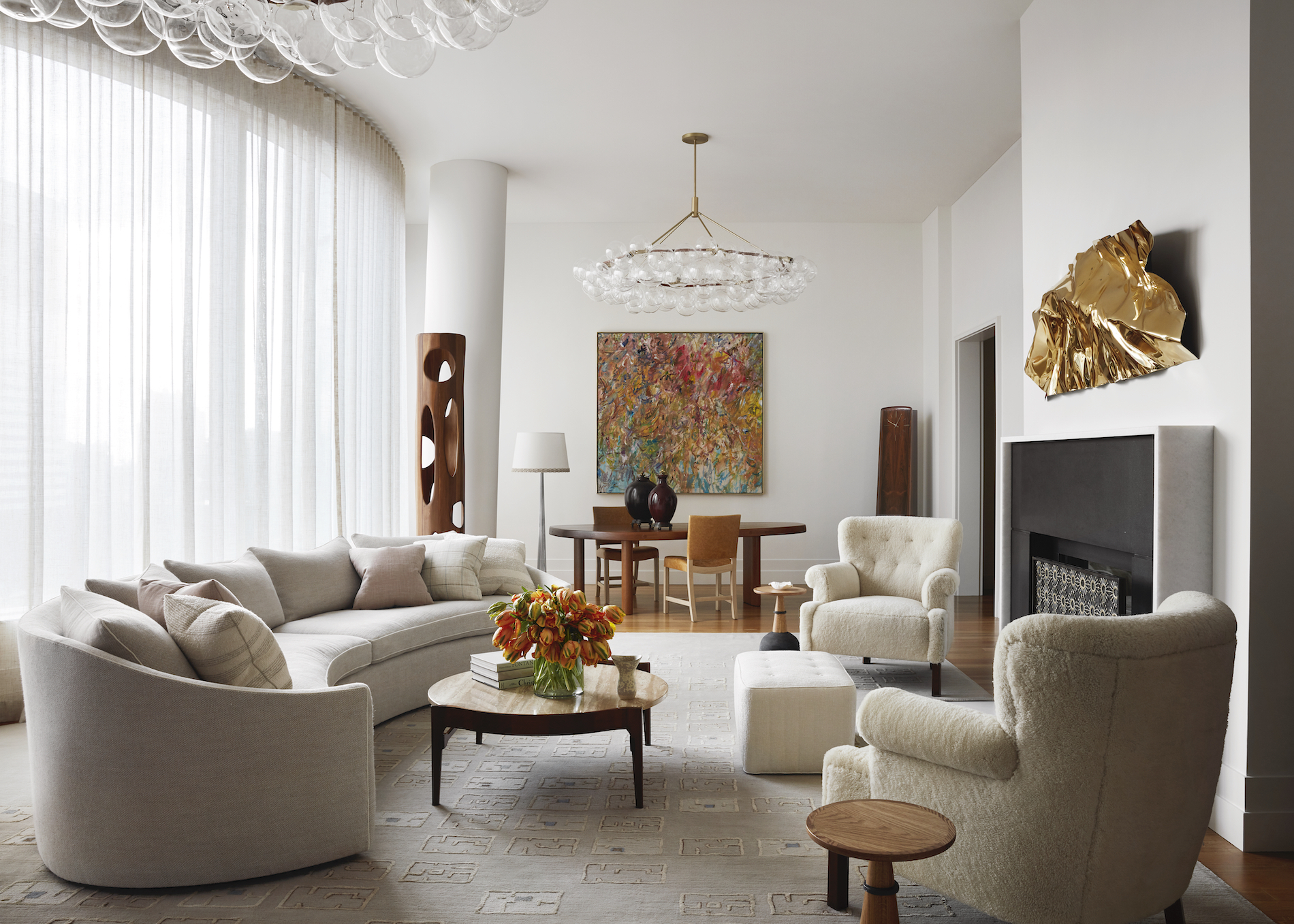
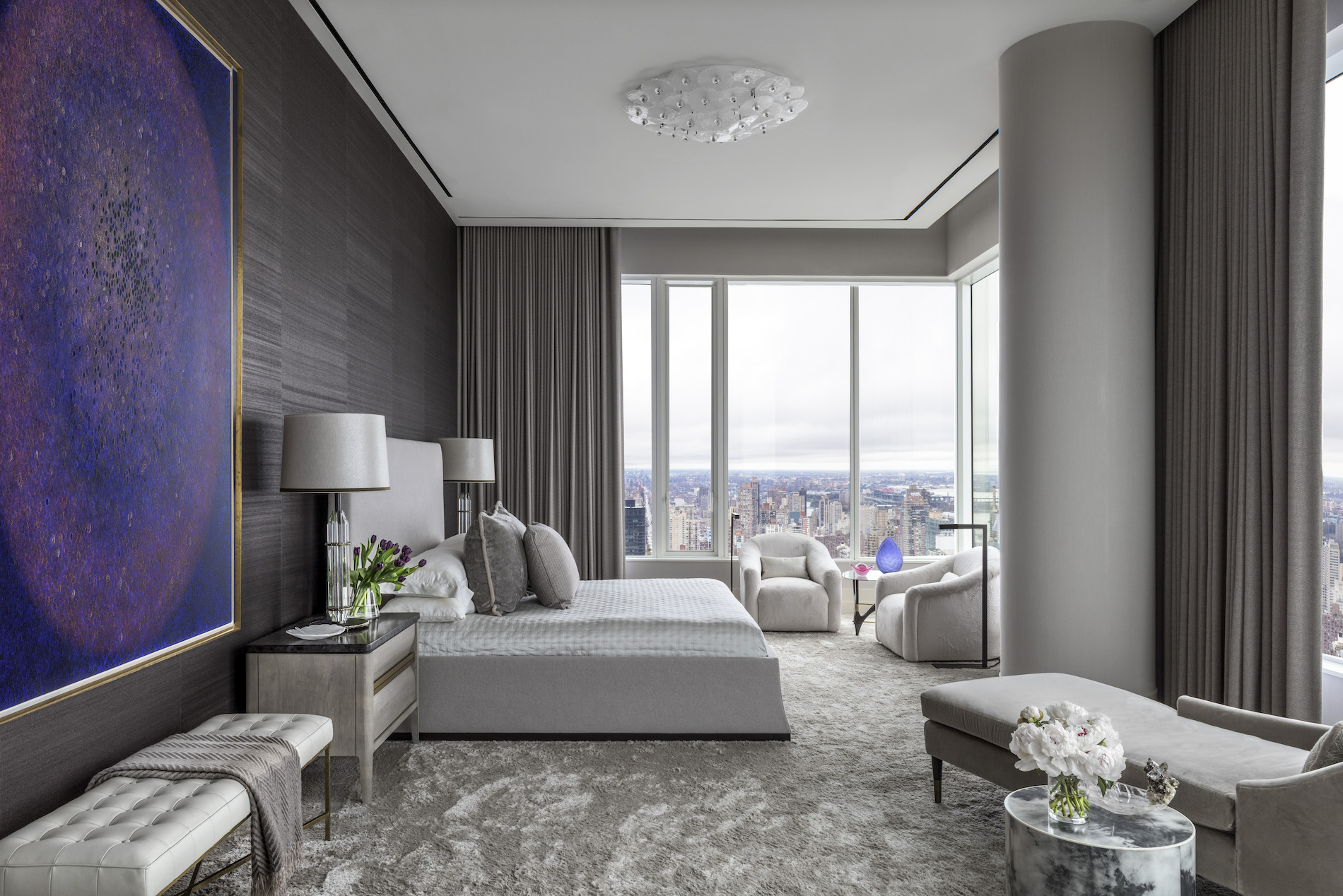
What styling tips can you share?
When styling and collecting, look at each object and ask if there is a connection in its colour or materiality to the interior. Creating an asymmetrical composition that is still balanced is achievable. Take objects of varying heights and arrange them in a pleasing manner. I always add books, flowers and plants when styling.
Jenna Chused (Chused & Co)
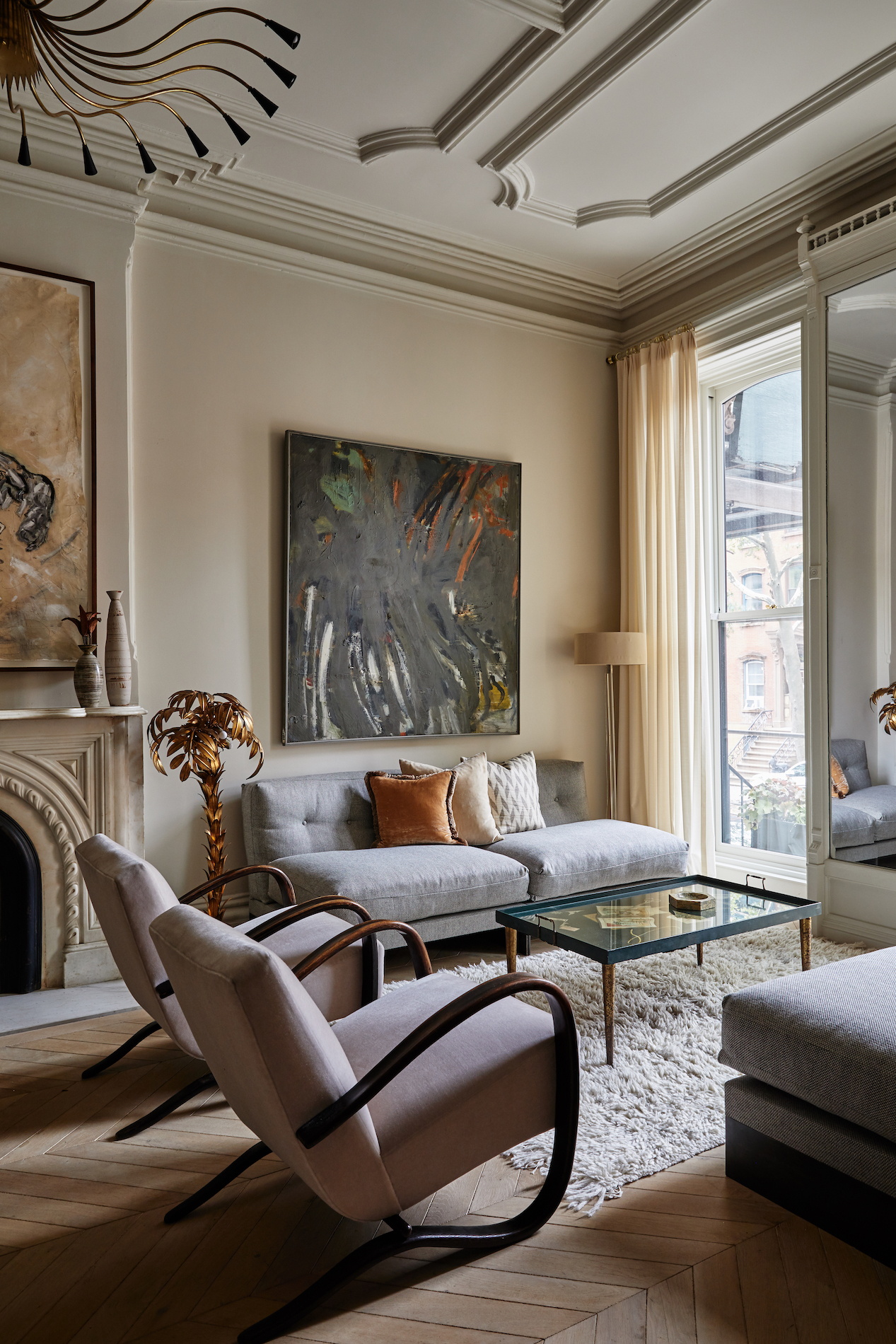
What is your general approach to designing a city apartment?
We start a city project by spending a lot of time on the layout and flow of a room. We usually have at least three options to show a client. I like to create spaces that have the ability to transform, such as a console that becomes a dining table. The next step in my creative process is scheming fabrics. My background is in fashion and textiles, so I usually start a project by being inspired by colour palette and textures.
What space saving techniques do you employ?
I love to use built-in seating to be able to push one side of the seating against the wall. I do this not only for kitchens, but dining rooms as well.
Do you have any favourite furniture pieces that are both compact, comfortable and high impact that you like to use on a regular basis?
I love Jindrich Halababa chairs. They are narrow so you can always fit a pair in tighter spaces and they cannot be rivalled in comfort!
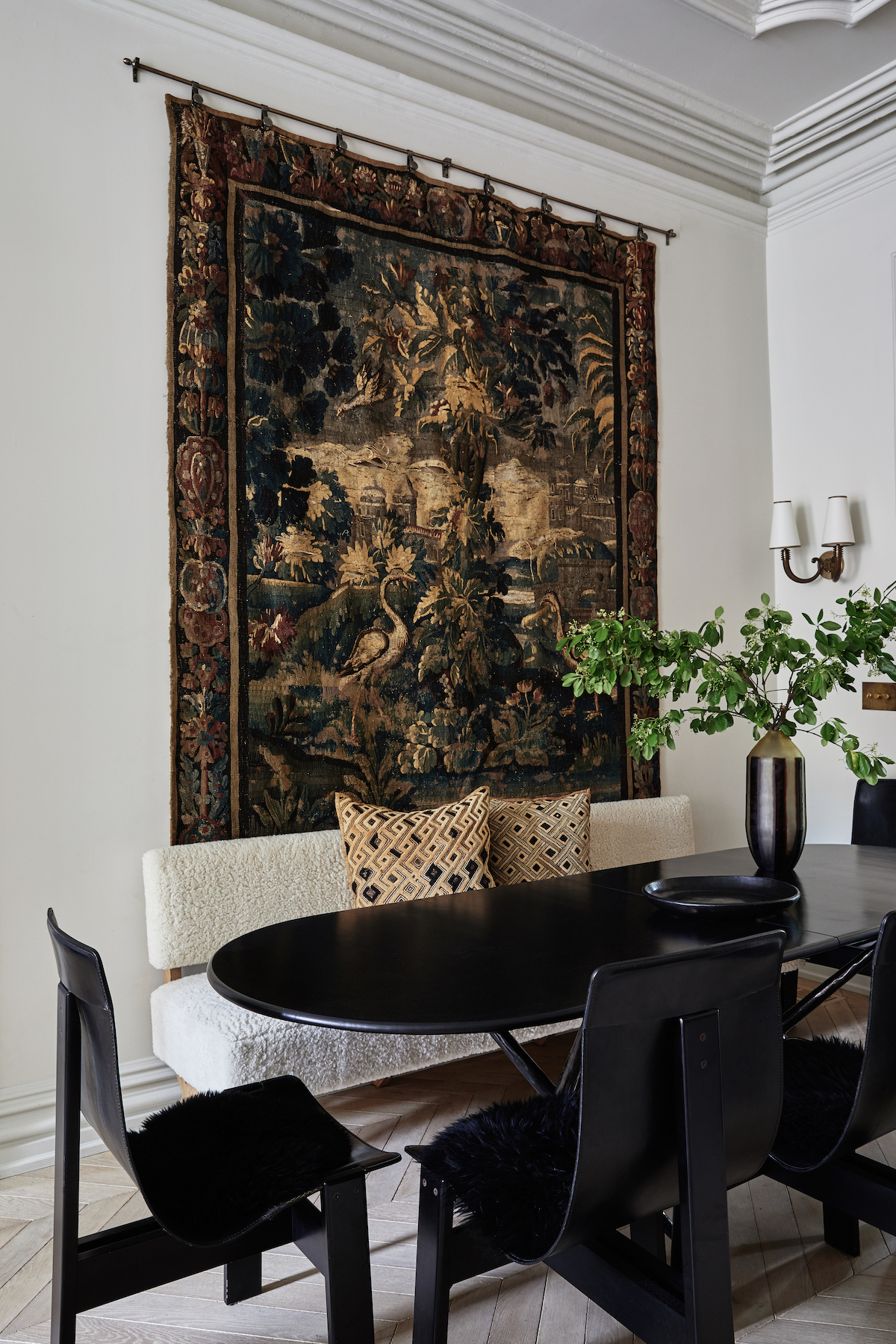

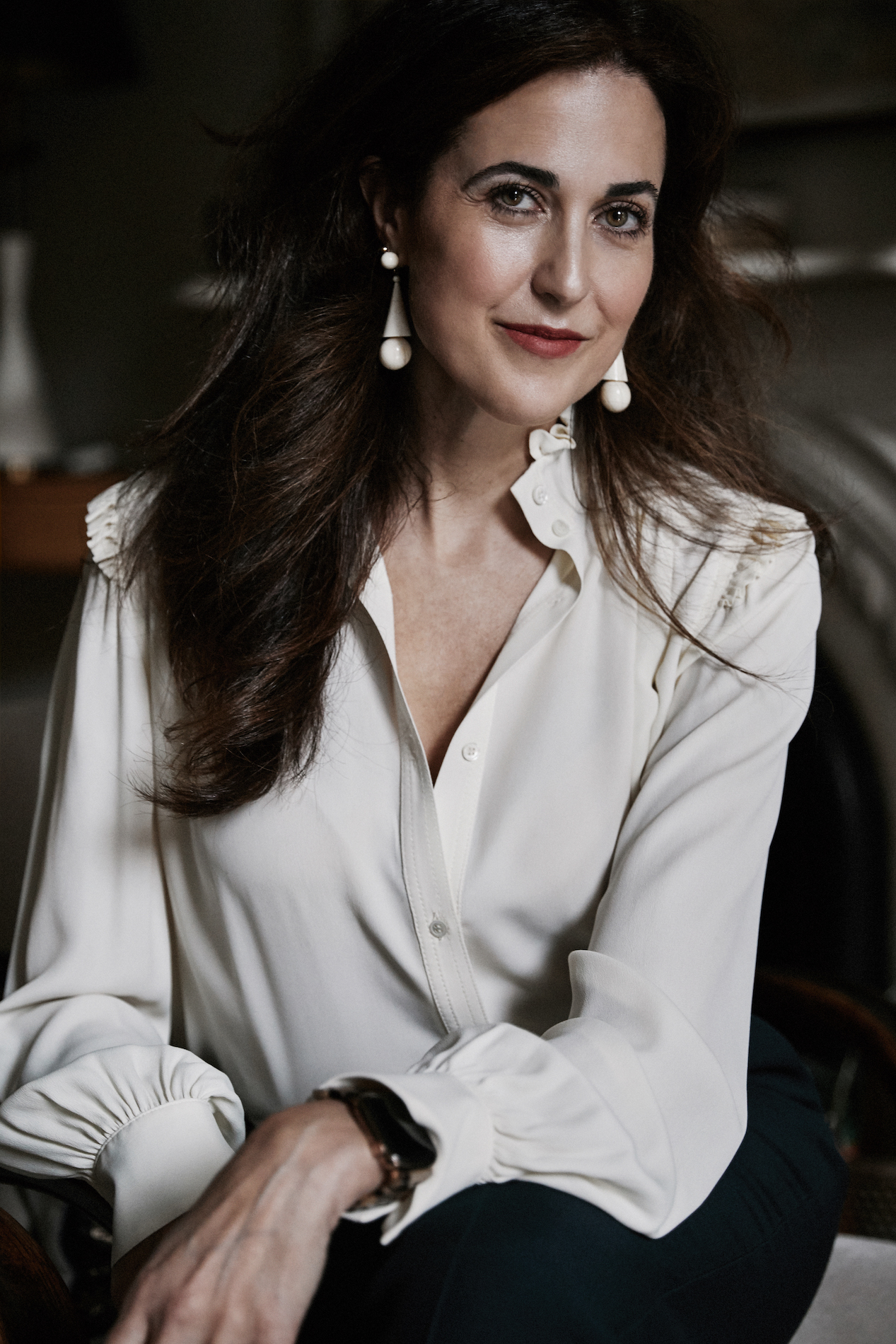
What is your approach to drapery/window treatment?
I like long flowing drapes in luxurious fabrics. I use wool sateen in a saturated colour because the sateen drapes so well. If I do Roman shades, I am only using cordless now (the cordless mechanism is the best thing ever invented). I always hate seeing the strings or chain hanging down.
How do you approach lighting?
Lighting is one of the most important things we do. We always make sure our spaces are well lit with a soft glow. I like to put lots of sconces in hallways and living rooms. For table lamps, I always use rolled, plain silk shades because they give such a nice light. I try and stay away from fixtures that have exposed bulbs. While they may look nice sculpturally, the Iight is so harsh and unflattering to a room.
Which colours have been successful in creating the illusion of more space?
I usually wrap a room in colour because it creates a softer and more uniform space. Lately, my favourite trick to expand a space is using smoke or rose mirror. I am using it in bathrooms and in the back of bookcases. It completely changes a space and I love the softer glow of the coloured mirror.
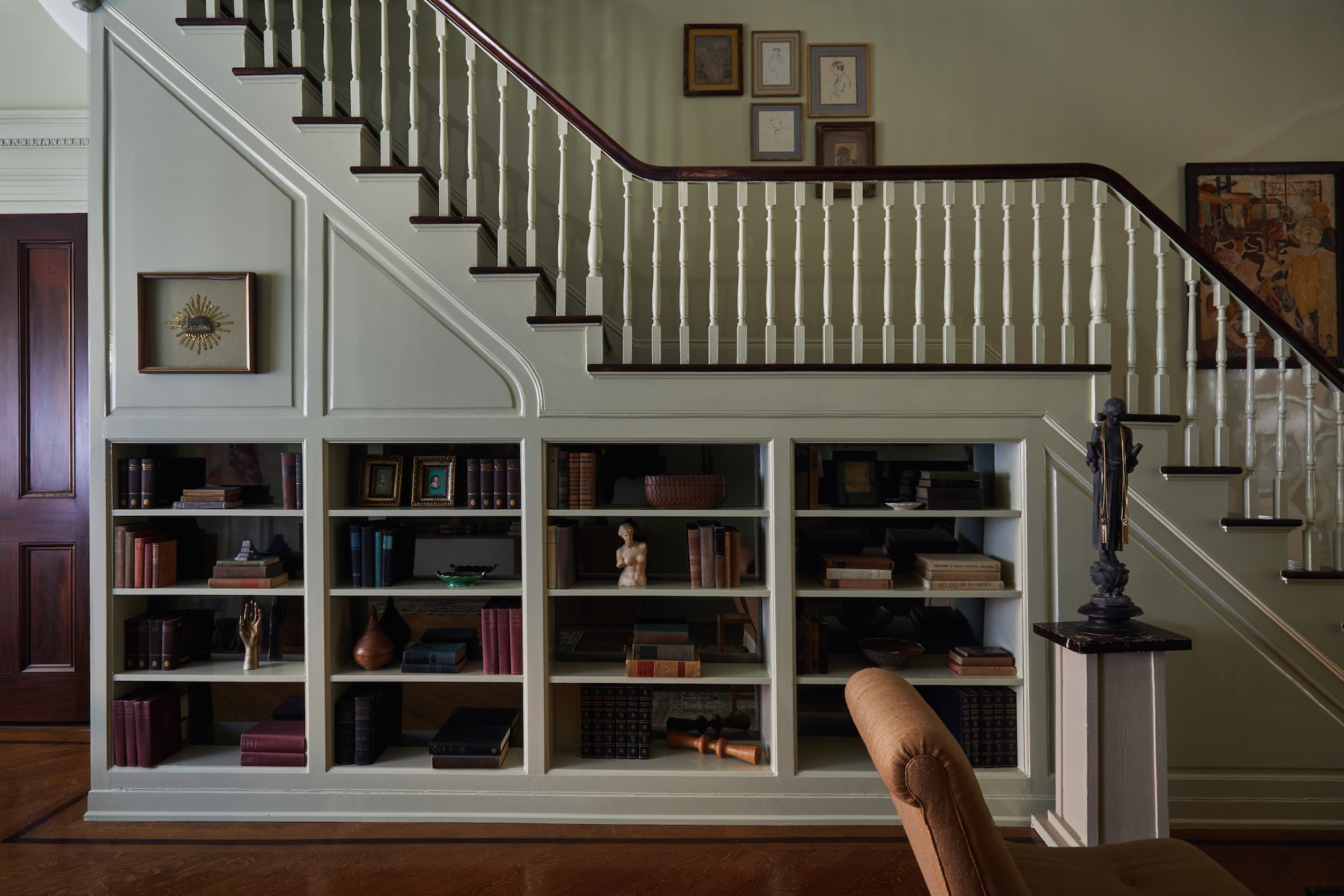
What trends are you seeing in apartment design both in terms of style and amenity?
The ability to expand and contract for when you entertain guests. I have been using a lot of modular sofas and shaped sofas. It gives the opportunity to move pieces around to use as additional seating when you entertain. I always incorporate stools or poufs in a room. I typically have them live under a console, so you can pull them out when you need.
What styling tips can you share?
A stack of books with a small object on top never fails. I like to collect sculptural small items from my travels. I always have a variety of interesting objects to finish off a job.
Abir Salim
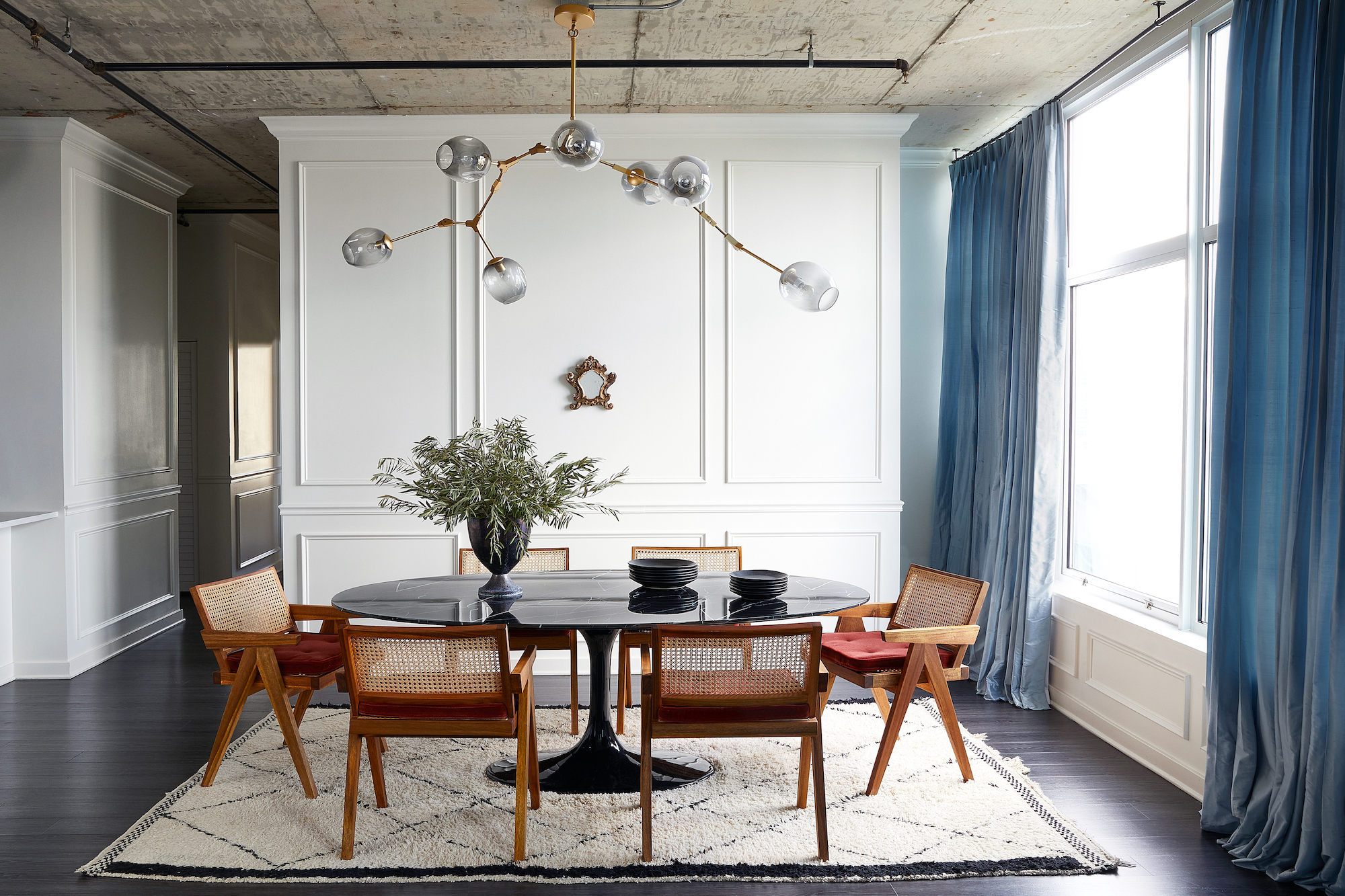
What key strategies do you employ when working with apartment layouts?
There is an added pressure when designing a penthouse or a pied-à-terre to make it more chic, sophisticated, and functional at the same time. Intertwined with that, I want the space to invoke a sense of calm and escape the chaos of the city – to create place of respite. I like to create various seating layouts throughout the space to savour and appreciate the city views.
How do you approach lighting?
Lighting is an art-form for me; I have been playing with the lines in terms of how we hang and install pieces, exaggerating the number of sconces needed in a space to create a statement and procuring more oversized fixtures. More often than not, lighting is the first element I begin with. It is always contemporary in nature to strike a balanced dialogue with my selection of antique furniture pieces. I have always looked to and been a collector of French and Italian lighting from the 1940s and 50s since they are modern yet timeless.
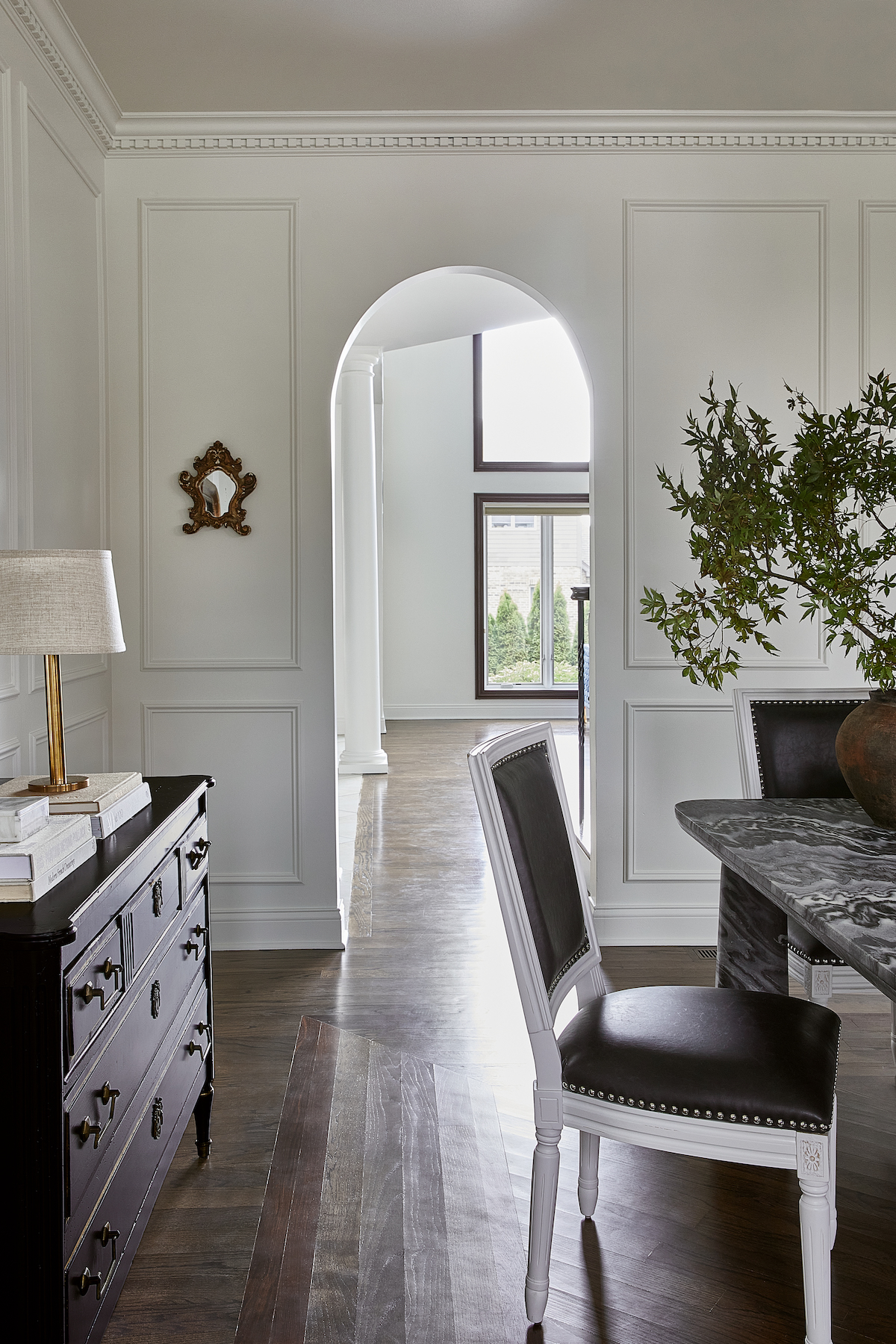


What creative techniques have you employed when attempting to maximise space?
I have been in the process of ‘hiding’ more spaces that make the home more special. We’ve been creating working kitchens and pantries hidden behind doors that look like cabinetry: more jib doors that open to secret home libraries and bars. These spaces create magic and truly make each home one of a kind.
Do you have any favourite furniture pieces that are both compact, comfortable and high-impact that you like to use on a regular basis?
French commodes are such a unifying thread in my projects. Although each piece is uniquely different in formality, they are beautiful and provide copious amounts of storage in each room. I’ve used them in family rooms to conceal Hot Wheel cars and Lego, and in primary suites to stash charging cords and books.
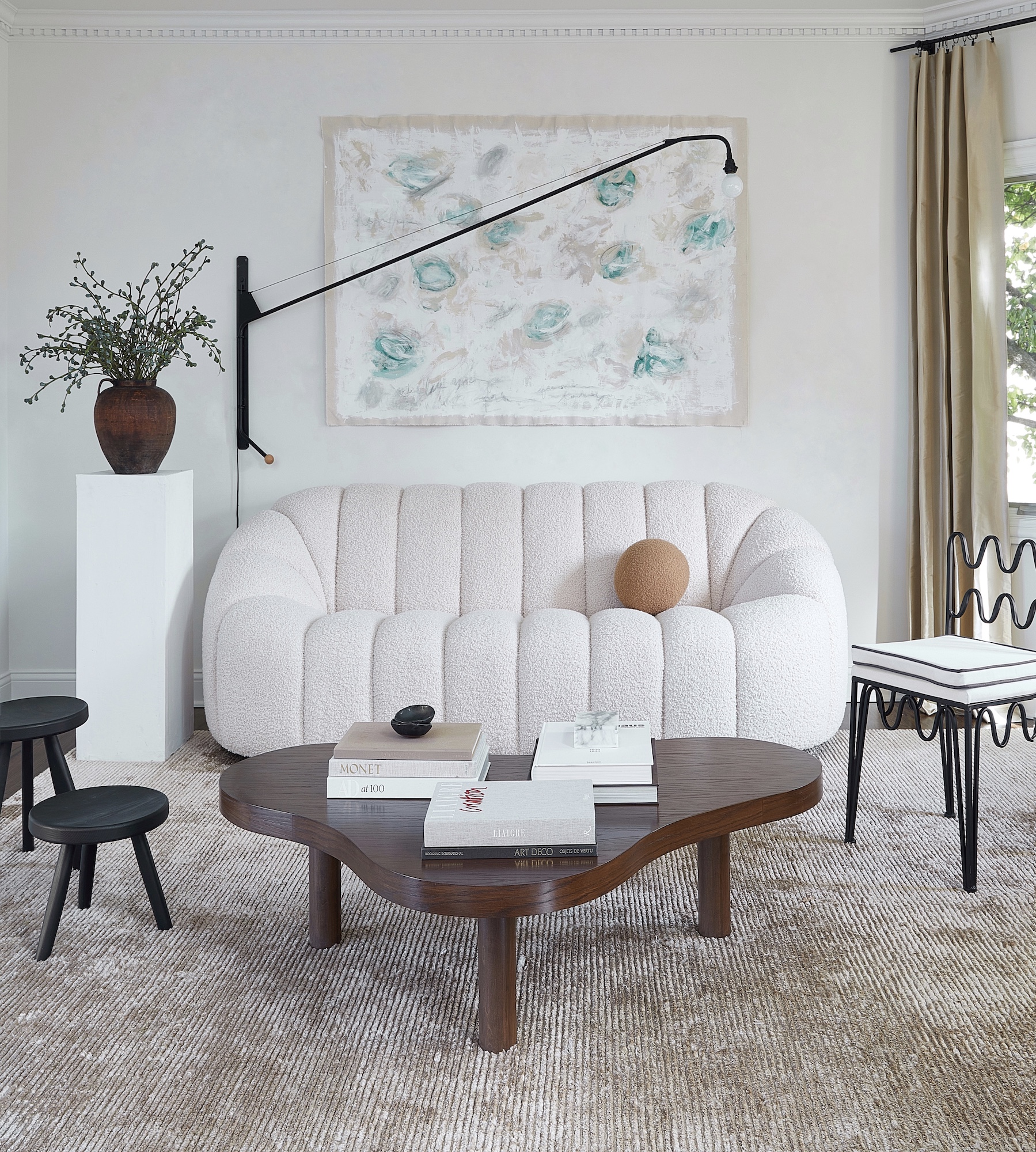
How do you use colour to create the illusion of more space?
I’ve always believed in shrouding each room in a technique. If we are wallpapering a space, it will always be the whole room and often the ceiling as well. The same is true with plaster – we will encompass the whole room and ceiling with the technique. It gives the illusion of more space and creates a high impact ambiance.
What styling tips can you share?
My clients are steering away from rooms that have been replicated on Instagram and are overly accessorised. Vintage pieces, local artists, fresh florals, and textural materials are always at play when we style rooms. It’s an intuitive process and requires a balance of pause and intentional details.
Jay Jeffers
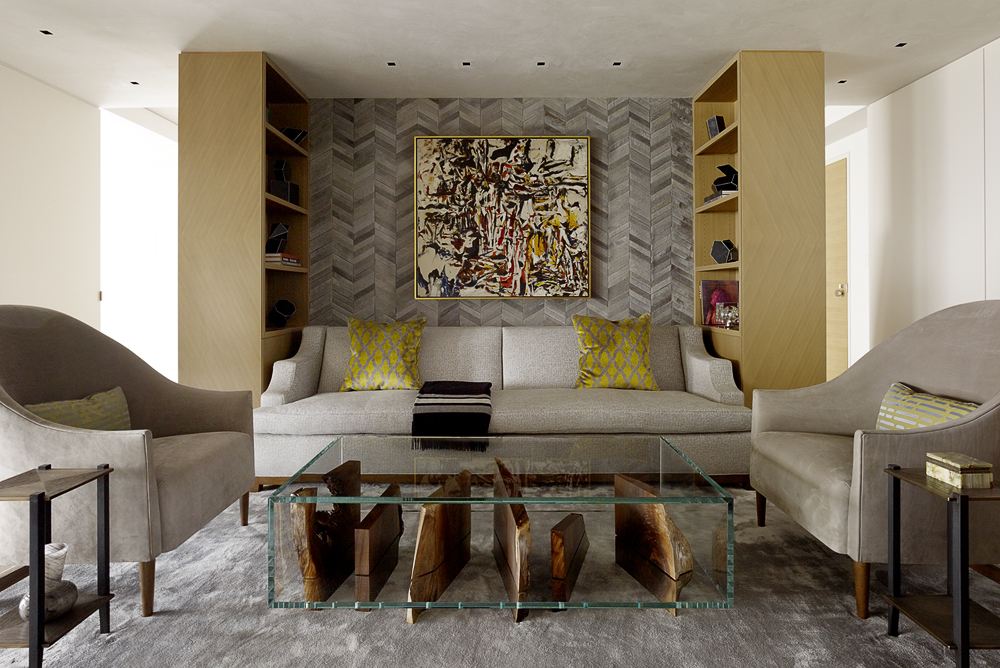
How do you bring your signature drama to city apartment design?
I do so many things that are against the so-called rules. I love to paint everything dark, even when I don’t have grand height. For example, I recently painted a ceiling in a plum shade – it created so much drama and a feeling of the unexpected. I also try create small moments within larger spaces – like two small chairs and a table, a seating arrangement which is perfect for an intimate chat during a larger cocktail party. In my own apartment, I used an armoire in my entryway as a bar cabinet, which I also use to store linens for dinner parties and blankets. It’s an unexpected way to add extra storage and create a social gathering space.
What is your approach to window treatment?
I am a big fan of window coverings to soften a space. Often, they don’t close – or I’ll just have drapery panels to pass over the glass. They’re often used to frame a view or for blocking it. If you don’t have privacy concerns, I just rely on sheer drapery and often incorporate colour to bring some pizzazz into a room. To create the impression of a taller ceiling height, I extend the drapery to cover the top of the window.
Best rug trick?
Always use the largest rug you can. I often lay sisal wall to wall. Oftentimes, I take a rug about six feet off the wall, and create a leather or cotton border which really creates definition. It’s always worthwhile to go custom when it comes to floor coverings but if you don’t have the budget, select a 12-foot broadloom and then cut to the shape of the room.
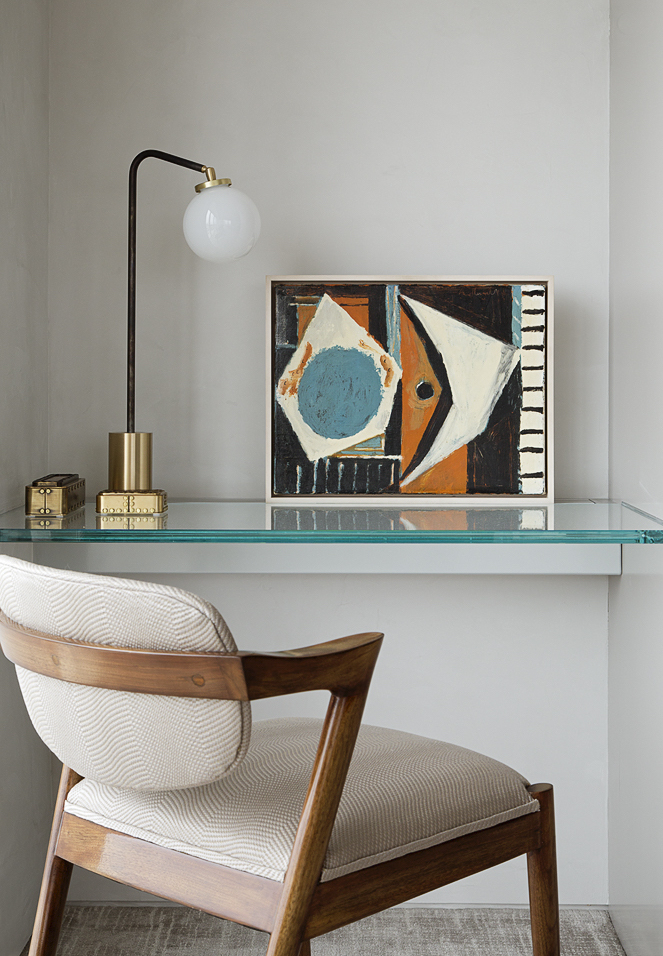
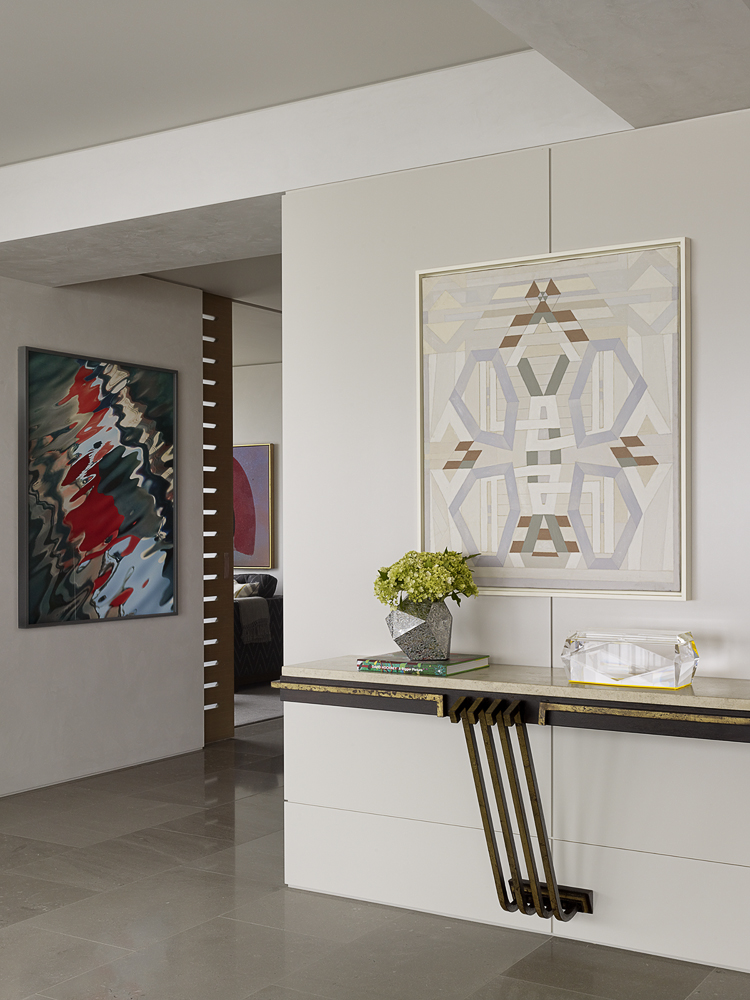
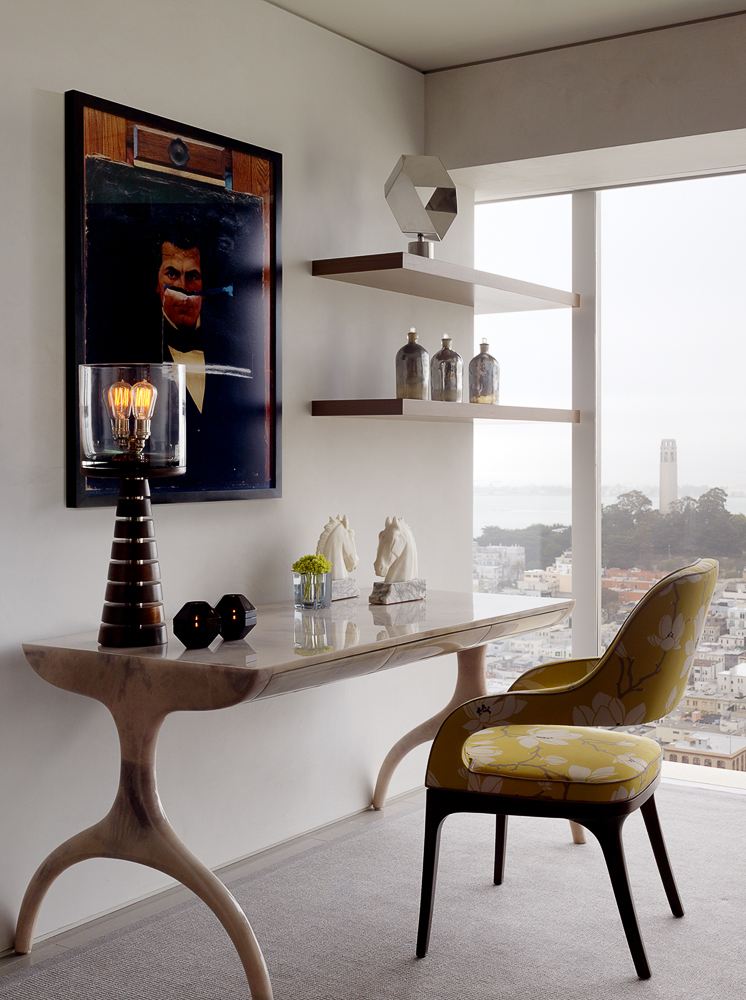
How do you approach furniture placement?
I always avoid a cluttered look – you have to keep editing throughout the process. I also think very closely about who lives there and what they do at different times of the day. Do they need a large TV-watching sofa or rather, two smaller ones for entertaining? Would two chairs suffice? Scale is key. Not everything has to be comfortable – sometimes you just need chairs for a quick zoom call or a conversation. These are chairs you don’t sit on all day but which add character to a space. Then I play with scale between the pieces. For example, I often bring in small benches in front of a sofa, which creates play in proportion but also adds interesting places to sit.
Any products you turn to time and again?
Lately, I’ve been using DeMuro Das upholstery. I also love to use mid-century pieces because they are inherently smaller scaled – furniture was generally smaller then – and they can be paid well with more contemporary pieces.
How do you like to style apartments?
The finishing touches embody the soul of the space. I go through my client’s possession with them, and we edit them together – I like to involve them in the process. I also love creating salon-style art hangings which adds character and distracts from the smaller sized apartments. It’s actually a maximalist look, but done with an edited and thoughtful eye. I encourage my clients to pick up things like pottery on their travels – they bring back good memories and add character to a space.
Clive Lonstein

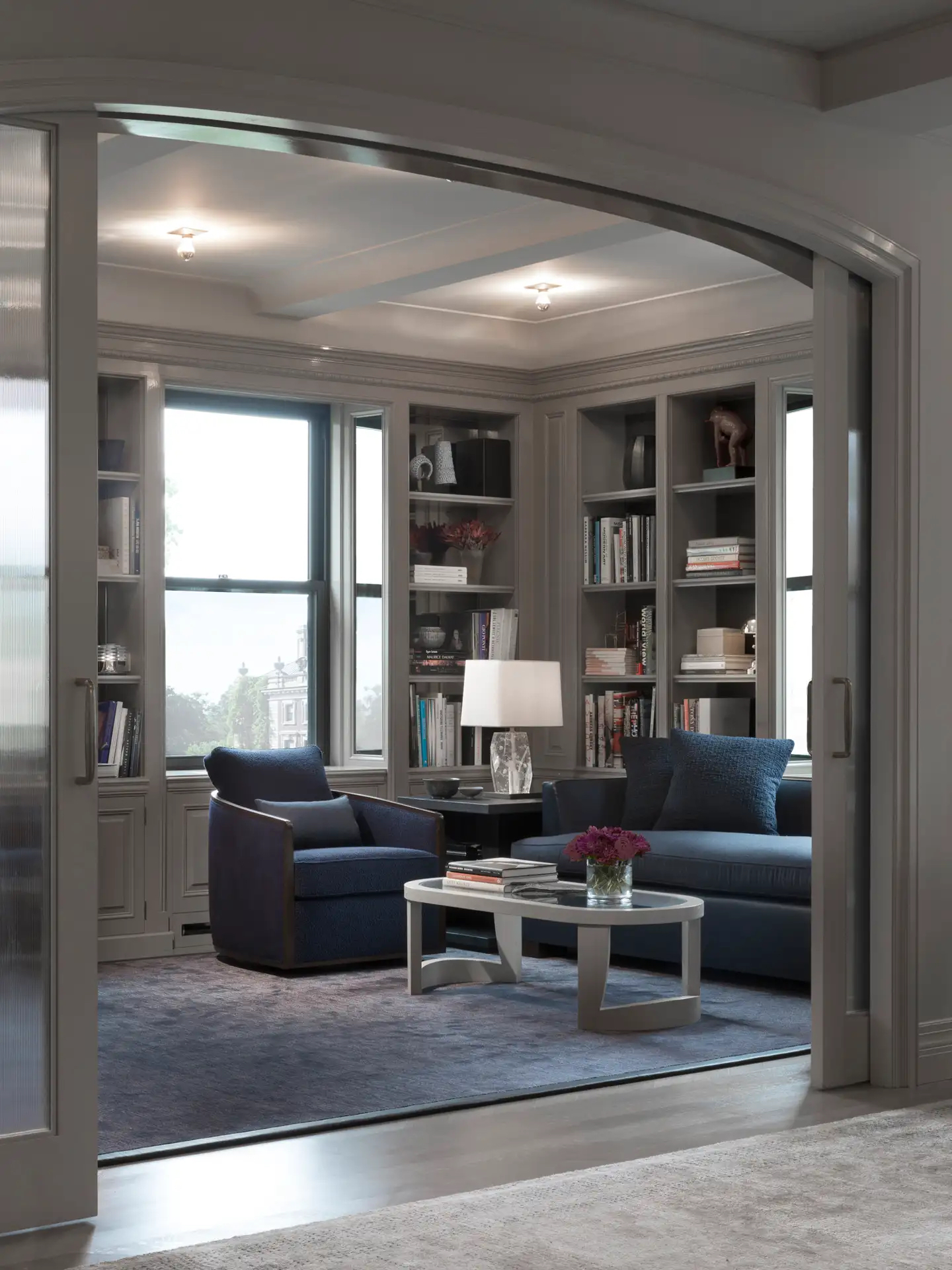
How do you balance interiors with the underlying architecture of a space?
It is really important to work with architecture including the openings and the windows and to create a symmetrical furniture plan. Rather than just imposing the furniture, start by relating the furniture plan to the architecture of the room.
What is your approach to drapery and window treatment?
I like to create a small ‘puddle’ at the bottom of hanging drapery so it doesn’t hover and to add extra softness.
Read more: Interior Designers I Interiors | Vintage | Design | Mid-Century | New York




